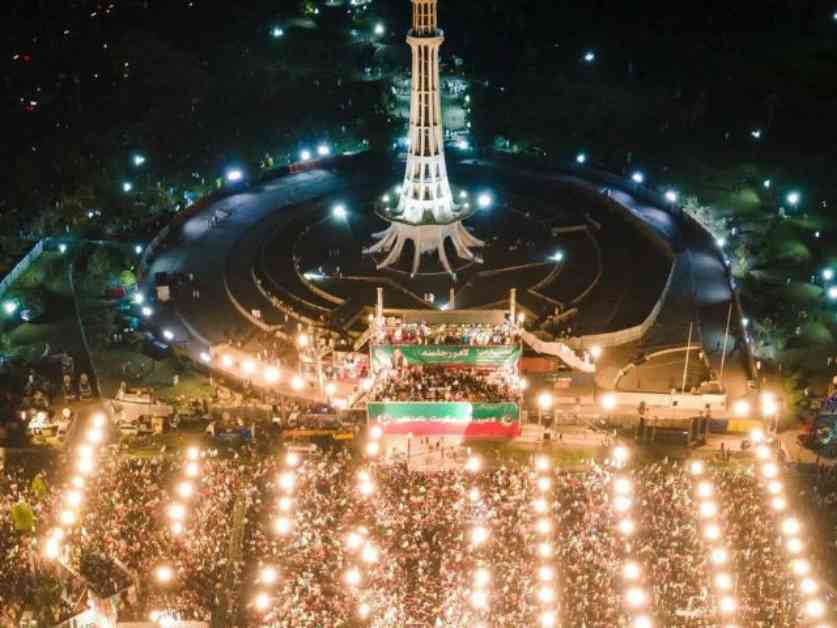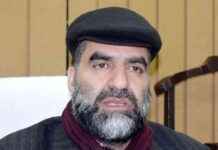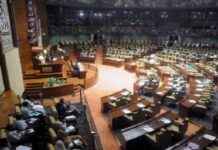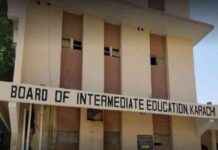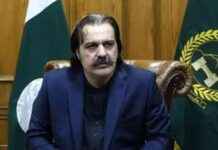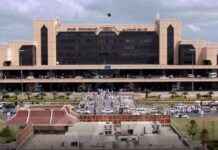The Lahore High Court recently made a significant ruling regarding Pakistan Tehreek-e-Insaf’s (PTI) petition to hold a public rally at Minar-e-Pakistan on March 22. Justice Farooq Haider, presiding over the case, upheld the registrar’s objection and emphasized the importance of PTI following the proper legal procedures before seeking judicial intervention.
PTI leader Akmal Khan Bari had filed the petition, expressing the party’s frustration at not receiving a response after formally requesting permission for the rally. PTI’s lawyer argued against involving the government’s redressal committee, deeming it futile. However, the court maintained that following the established legal process was essential before proceeding to court.
Challenges Faced by PTI
The heart of the issue lies in PTI’s desire to exercise their democratic right to assemble peacefully and hold a rally in accordance with the law and the constitution. Despite diligently following all the necessary procedures, the party faced repeated denials in their attempts to secure permission for the event. This predicament underscores the tension between political expression and legal protocols, creating a complex and contentious situation for PTI and the Lahore High Court.
The significance of the Minar-e-Pakistan as the proposed rally venue adds another layer to the story. Symbolizing Pakistan’s independence and serving as a historical landmark, the site carries emotional weight and national pride. PTI’s choice of location is not merely logistical but carries symbolic value, amplifying the importance of their request and the subsequent legal battle.
Implications and Next Steps
The Lahore High Court’s decision to dismiss PTI’s petition highlights the intricacies of navigating legal pathways in the pursuit of political expression. For PTI, this ruling represents a setback in their efforts to mobilize support and voice their grievances through a public gathering. The court’s insistence on adherence to established procedures underscores the delicate balance between upholding democratic rights and maintaining legal order.
Looking ahead, PTI faces the challenge of navigating the redressal committee process while seeking to assert their right to assemble peacefully. The outcome of their interactions with the committee and potential future petitions will shape the party’s ability to engage with their supporters and the broader public. As PTI continues to navigate these legal hurdles, the implications of their efforts extend beyond this particular rally, reflecting broader tensions between political activism and legal frameworks.
In conclusion, the Lahore High Court’s ruling on PTI’s rally petition underscores the complexities inherent in balancing political expression with legal requirements. As PTI navigates these challenges, their journey serves as a microcosm of the broader dynamics shaping political engagement and legal protocols in Pakistan. The outcome of this case will not only impact PTI’s immediate plans but also carry implications for the intersection of democracy, law, and public assembly in the country.
